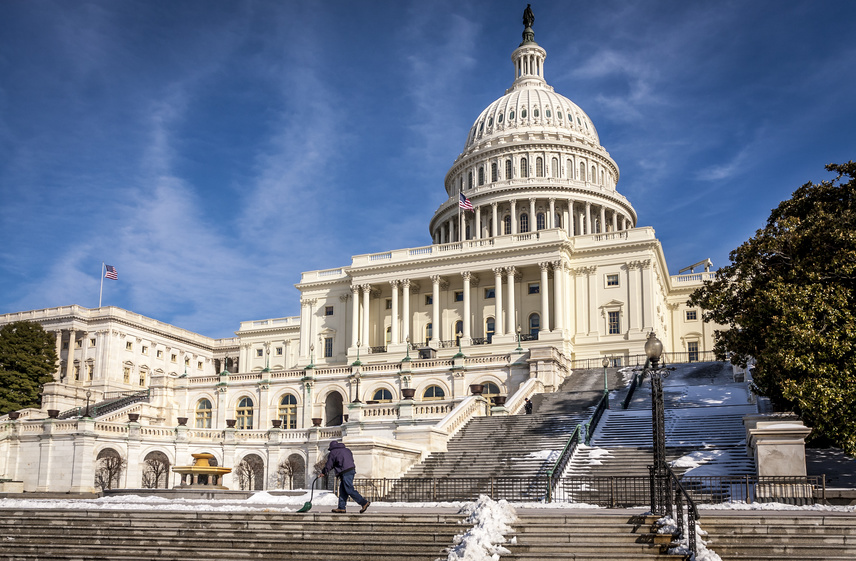On June 13, 2022, US Customs and Border Protection (“CBP”) issued the long-awaited Uyghur Forced Labor Prevention Act (“UFLPA”) Operational Guidance for Importers (“CBP UFLPA Guidance“). The UFLPA requires CBP to apply a presumption that imports of all merchandise mined, produced, or manufactured wholly or in part in Xinjiang, China, or by entities identified on the “UFLPA Entity List,” are presumed to be made with forced labor and are prohibited from entry into the United States under Section 307 of the Tariff Act of 1930. The companion guidance from the Department of Homeland Security, in its role as the chair of the Forced Labor Enforcement Task Force (FLETF) (“UFLPA Strategy”), as well as the UFLPA Entity List, is to be published on June 21, 2022, which is when the UFLPA takes effect. While the CBP UFLPA Guidance provides helpful details related to the UFLPA enforcement process from a CBP perspective, importers must consult both the CBP UFLPA Guidance as well as the UFLPA Strategy once it is issued to comply with the UFLPA.
The CBP UFLPA Guidance outlines (i) the importation process and enforcement of UFLPA from a CBP perspective, (ii) how an “exception” can be requested from the rebuttable presumption under the UFLPA, (iii) resources for supply chain due diligence, tracing, and management, and perhaps most importantly, (iv) the type of documentation and information that may be required by CBP as CBP reviews a request for an exception or an argument that the subject shipment falls outside of the UFLPA.
Importation Process and Enforcement of UFLPA
Overall, the importation process and enforcement of the UFLPA would be streamlined compared to those of the withhold release order (“WRO”) mechanism, which has been CBP’s main enforcement mechanism for the US ban on forced labor imports. The UFLPA establishes the presumption that the subject merchandise is made with forced labor, and will not use the WRO mechanism to detain merchandise. This means the involved admissibility reviews conducted for shipments detained under a WRO will not be conducted under the UFLPA. Instead, detention under the UFLPA will be made pursuant to 19 C.F.R. § 151.16, which is the authority CBP normally uses to detain merchandise more generally. The detention period under the UFLPA will be 30 days (in contrast to 3 months for shipments detained pursuant to a WRO), although an extension(s) may be granted in certain cases.
Importers will not be provided with much detail when their shipments are detained under the UFLPA. The detention notice will not provide specifics (such as which components in the shipment are suspected to be within the scope of the UFLPA or which party in the supply chain is suspected to be on the UFLPA Entity List). The detention notice will simply state that detention is “pursuant to UFLPA,” which could make the response strategy challenging.
Importers can file protests, following normal protest procedures.
The importer can also choose to export the merchandise rather than be subject to detention. The CBP UFLPA Guidance also describes administrative options in the case of exclusion as well as seizure/forfeiture, including the related protest and/or petition options.
Request for Exception from the UFLPA Rebuttable Presumption
Once a shipment is detained under the UFLPA, if the importer desires to try to clear the shipment for importation into the United States, the importer can either request an exception or establish that the shipment is not within the scope of the UFLPA.
Specifically, for CBP to grant an exception, CBP needs to be provided with documentation and information that:
(1) the importer has (A) fully complied with the UFLPA Strategy and any regulations implementing the UFLPA Strategy; and (B) completely and substantively responded to all inquiries for information submitted by CBP to ascertain whether the merchandise was mined, produced, or manufactured wholly or in part by forced labor; and
(2) proves by clear and convincing evidence, which is a high evidentiary standard, that the merchandise was not mined, produced, or manufactured wholly or in part by forced labor.
Importers may request an exception to the rebuttable presumption from CBP during a detention period, after an exclusion, or during the seizure process.
When granting an exception, CBP needs to notify Congress and make available to the public a report identifying the merchandise and the evidence considered in granting the exception. Given this Congressional and public scrutiny, we do not expect that an exception would be readily granted.
Importers can also request an exception in advance of shipments, and it appears that an exception could potentially cover multiple shipments although further clarification from CBP is pending on this point. For this reason, obtaining an exception could perhaps be a longer-term option to proactively address detention risks for certain importers, depending on their supply chains.
Alternatively, if an importer believes that the subject shipment is outside the scope of the UFLPA, an importer may provide information to CBP to that effect, i.e., information that the imported merchandise or its inputs is sourced completely from outside Xinjiang and have no connection to a UFLPA Entity List party, as further discussed below. The required documentation and information to make this argument will focus on traceability, and less on proof of the lack of forced labor in the supply chain.
Documentation and Information Required by CBP
The industry has been requesting more details around the types and nature of documentation and information that needs to be submitted to CBP to rebut the presumption under the UFLPA, and Section IV of the CBP UFLPA Guidance directly addresses this request. Consistent with CBP’s past position on this point, however, there is no one set of industry standards or third-party certification requirements that would satisfy CBP’s requirements, although meeting such standards or certification requirements would certainly be helpful. Instead,
- In Sections IV.A, B, C, and E of the CBP UFLPA Guidance, CBP outlines the types of documentation and information required when making a request for an exception under the UFLPA, and
- In Sections IV.B and D of the CBP UFLPA Guidance, CBP outlines the types of documentation and information required when making an argument that the subject shipment is outside the scope of the UFLPA.
Many of these documentation and information requirements build upon CBP’s previous related guidance under the WRO mechanism, but there are certain notable differences that warrant a detailed review.
Key Takeaways
The UFLPA takes effect on June 21, 2022, and CBP has stated that it is ready to implement and enforce the related requirements as early as June 21, 2022. Although the UFLPA Strategy and the UFLPA Entity List are still pending, US importers and others involved in the US importing supply chains are encouraged to review the CBP UFLPA Guidance in detail, especially Section IV to assess whether they need to further improve their import compliance and responsible sourcing programs more generally in light of the upcoming implementation of the UFLPA.



